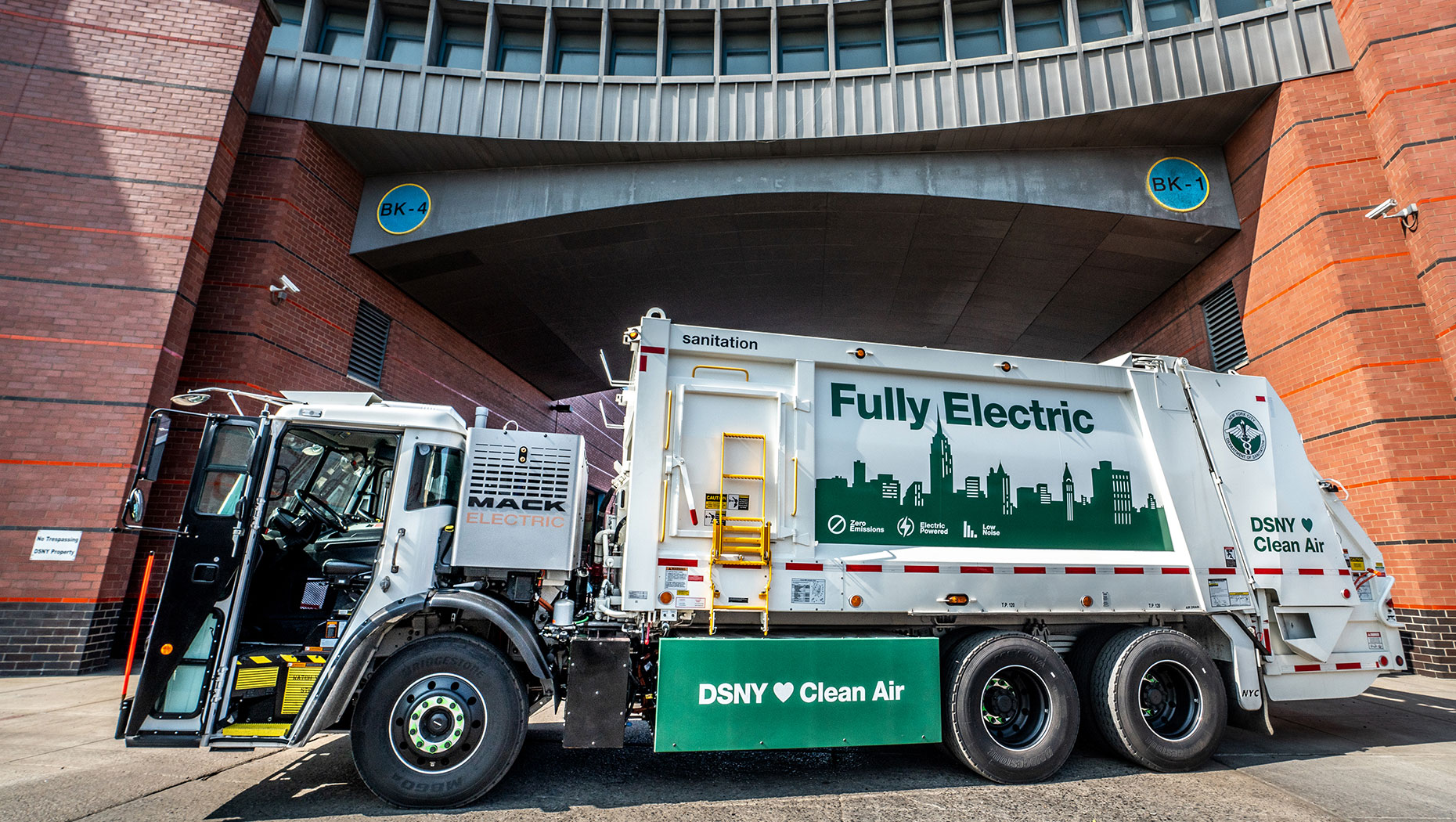
A revision in how much homeowners are paid for the electricity they send to the grid could keep them from participating at all.
Editor’s Note: This story by Climate Solutions Reporter Gabriela Aoun Angueira was produced by Grist and co-published with Honolulu Civil Beat.
Hawaii’s main utility is poised to radically revise how it compensates households for the power their batteries send to the grid, a move critics fear will stunt the potential for using that energy to prevent blackouts and hinder the state’s transition to 100% clean energy.
Hawaiian Electric Co., which serves every island except Kauai, will launch the Bring Your Own Device program on April 1, offering households incentives to deliver power during peak demand. But the compensation is nowhere near what customers who joined an earlier battery program received, and some solar advocates worry it’s so low that people may not enroll at all.
That would be a missed opportunity to help build a modern energy system, said Rocky Mould, executive director of the Hawaii Solar Energy Association.
“It’s depriving us of the potential for a really viable grid service program that would benefit all. We should be moving as fast as we can to get off oil,” Mould said.

The changes come amid a broader debate over how much to pay customers for power drawn from their solar panels and batteries. Several states, most notably California, are deeply cutting their so-called net metering programs, which are meant to boost solar adoption. However, Puerto Rico’s legislature recently voted unanimously to preserve the archipelago’s payment scheme until at least 2030, deeming it essential to meeting its clean energy goals.
The utilities and regulators favoring reductions say the credits are too costly for the ratepayers who subsidize them — a point HECO made to Grist in supporting the changes. Supporters of incentives argue that rollbacks can impede solar’s growth, prolong dependence on fossil fuels, and undermine energy resilience.
Hawaii is under a legal mandate to use only clean energy by 2045, and has long been a leader in rooftop solar adoption, which comprises almost half of HECO’s renewable generation portfolio. But when it slashed compensation rates in 2015, installations dropped by more than half. The market recovered as customers found a new way to save money: Adding batteries and consuming stored power at night rather than buying it from the utility. Nearly every photovoltaic system installed now includes at least one battery.
In 2021, as the state prepared to shutter its last coal power plant, it needed those batteries. With utility-scale renewable projects behind schedule, the state faced a generation shortfall. If households allowed HECO to tap their batteries, a resource called a virtual power plant, it could supply some of the capacity lost when the plant went offline.
Homeowners would need an incentive to do that, so HECO rolled out Battery Bonus. Customers on Oahu and Maui who agreed to let the utility draw power for two hours each evening, when demand is at its peak, received an upfront payment based on the size of their battery. They also earned a monthly incentive of $5 per kilowatt committed and a credit equivalent to the retail rate — the highest in the nation — for the electricity they contributed. On average, customers received around $4,250 when they signed up, a regular payment of $25 monthly, and a healthy discount on their bill.
The program was highly popular, especially on Oahu.
“We already had a lot of traction with our customers installing batteries with their systems, but when they shut down the coal plant and introduced Battery Bonus, it just poured rocket fuel on the fire,” said David Gorman, co-founder and president of RevoluSun, the largest solar installer on the island.

Still, Battery Bonus was a temporary program tied to the coal plant’s closure. HECO stopped accepting new signups on Oahu in December after the island reached its maximum enrollment capacity of 40 megawatts. The program remains open on Maui, which has not yet reached its cap.
Virtual power plants, or VPPs, allow states to reduce reliance on fossil fuel power plants and tap into clean energy without the costs and delays associated with building utility-scale projects. But the approach is dependent upon customer participation, and the incentives offered in Bring Your Own Device may not prove as compelling. The upfront payment is capped at $500, a small dent in the typical $9,500 purchase price for a battery.
Solar advocates are even more concerned about how HECO plans to pay households for their power. For most customers, the rates paid in the program set to take effect next month are far lower than the retail price of electricity. Although the batteries will serve the household’s load before exporting energy to the grid, customers will pay the retail rate for any power they need once the pack is depleted.
“It’s disincentivizing customers from participating,” said Mould, who added that a more complicated rate structure also could make the systems difficult to sell. “
SDGs, Targets, and Indicators
-
SDGs addressed or connected to the issues highlighted in the article:
- SDG 7: Affordable and Clean Energy
- SDG 9: Industry, Innovation, and Infrastructure
- SDG 11: Sustainable Cities and Communities
- SDG 13: Climate Action
-
Specific targets under those SDGs based on the article’s content:
- SDG 7.2: Increase substantially the share of renewable energy in the global energy mix
- SDG 9.1: Develop quality, reliable, sustainable, and resilient infrastructure
- SDG 11.6: Reduce the adverse per capita environmental impact of cities
- SDG 13.2: Integrate climate change measures into national policies, strategies, and planning
-
Indicators mentioned or implied in the article:
- Compensation rates for households delivering power to the grid
- Percentage of households enrolled in grid programs
- Percentage of rooftop solar installations with battery storage
- Reduction in electricity prices
- Reduction in reliance on fossil fuels
- Reduction in greenhouse gas emissions
Table: SDGs, Targets, and Indicators
| SDGs | Targets | Indicators |
|---|---|---|
| SDG 7: Affordable and Clean Energy | Increase substantially the share of renewable energy in the global energy mix (Target 7.2) | – Compensation rates for households delivering power to the grid – Percentage of households enrolled in grid programs – Percentage of rooftop solar installations with battery storage |
| SDG 9: Industry, Innovation, and Infrastructure | Develop quality, reliable, sustainable, and resilient infrastructure (Target 9.1) | – Compensation rates for households delivering power to the grid – Percentage of households enrolled in grid programs – Percentage of rooftop solar installations with battery storage |
| SDG 11: Sustainable Cities and Communities | Reduce the adverse per capita environmental impact of cities (Target 11.6) | – Reduction in electricity prices – Reduction in reliance on fossil fuels – Reduction in greenhouse gas emissions |
| SDG 13: Climate Action | Integrate climate change measures into national policies, strategies, and planning (Target 13.2) | – Reduction in reliance on fossil fuels – Reduction in greenhouse gas emissions |
Behold! This splendid article springs forth from the wellspring of knowledge, shaped by a wondrous proprietary AI technology that delved into a vast ocean of data, illuminating the path towards the Sustainable Development Goals. Remember that all rights are reserved by SDG Investors LLC, empowering us to champion progress together.
Source: civilbeat.org

Join us, as fellow seekers of change, on a transformative journey at https://sdgtalks.ai/welcome, where you can become a member and actively contribute to shaping a brighter future.






